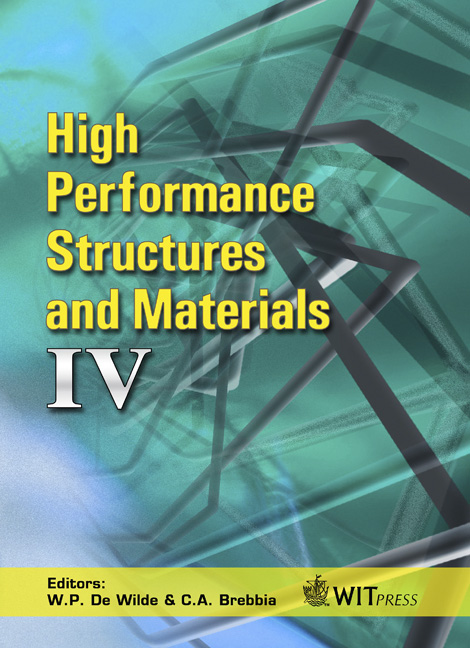Production Of Unique Structures Using The Aerosol-Through-Plasma (A-T-P) Process
Price
Free (open access)
Transaction
Volume
97
Pages
8
Page Range
63 - 70
Published
2008
Size
1,608 kb
Paper DOI
10.2495/HPSM080071
Copyright
WIT Press
Author(s)
C. Luhrs, J. Phillips & P. T. Fanson
Abstract
Nanoparticle applications for batteries, fuel cells, catalysts and specialty solid fuels, etc, require not simply nanoparticles, but highly engineered nanoparticles. The engineering of chemicals, including particles, requires a thorough, mathematical understanding of processes. Yet, the generation of nano-structures often requires novel processes for material generation that cannot be modeled using existing approaches. In our work we have produced a number of novel nano-structured ceramic structures using an atmospheric pressure microwave through which an aerosol containing precursor species is passed, a technique we call ‘Aerosol-Through-Plasma’ (A-T-P). For example, ceria-alumina particles of a wide variety of structures, from micron sized hollow spheres to nanoparticles, were produced. In many cases structures are produced that are ‘impossible’ according to aerosol theory. Examples include the production of nanoparticles from dry, micron scale precursor powders, and the formation of hollow particles from dry precursors. These results and others indicate the need for a new model of particle formation using the A-T-P process. An accurate model can accelerate the engineering of the process to commercial scale. Keywords: plasma, aerosol, nano, particles, ceria, alumina, metal, synthesis.
Keywords
plasma, aerosol, nano, particles, ceria, alumina, metal, synthesis.





